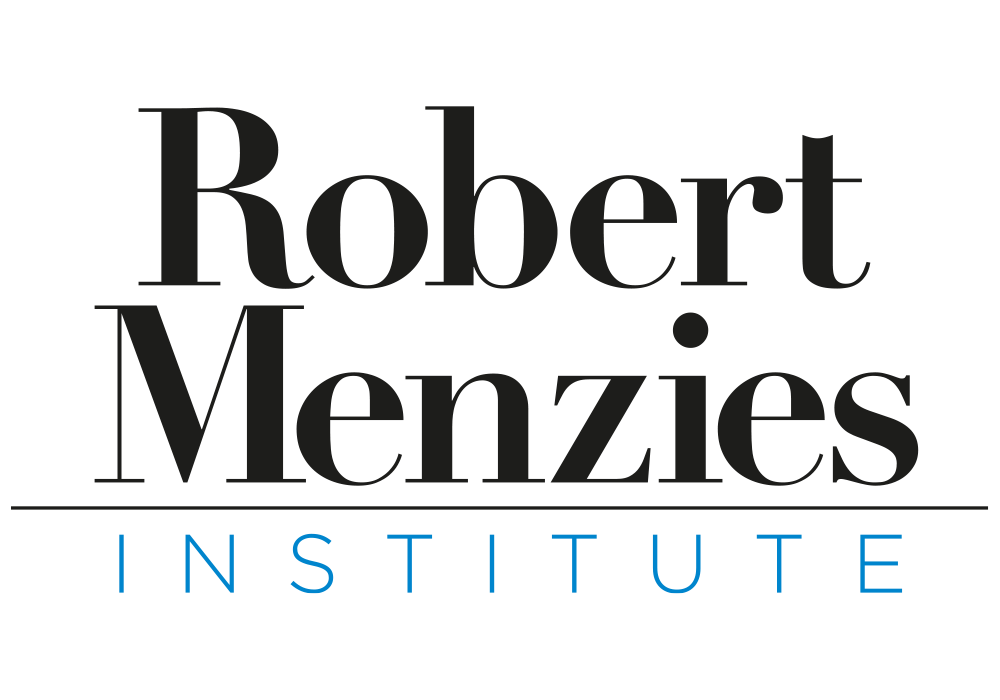The Prime Minister’s XI
Menzies throwing the toss at the first match in 1951. Image from the ACT Heritage Library.
On this day, 27 October 1951, the first ever Prime Minister’s XI cricket match is held at Manuka Oval in Canberra. A personal initiative of Robert Menzies, who was a cricket fanatic, the Prime Minister’s XI has gone on to become a time-honoured tradition. It has since expanded into other sports, such as rugby league’s Prime Minister’s XIII, which often plays a Papua New Guinean PM’s XIII team in Port Moresby at the conclusion of the NRL season.
Menzies tells the story of the cricket match’s origins in his second memoir, The Measure of the Years:
‘Early in October 1951, a West Indian cricket team began to arrive, a few players at a time, in Sydney. I saw in the Press that no match had been arranged for a week or two. This seemed a rather casual beginning for an international tour, so I rang up the then Chairman of the Board of Cricket Control in Sydney and told him that I would like to put on a one-day festival match for them at Canberra, against a team selected by me. I added that this was my personal proposition, not a Government matter; that I would personally guarantee the expenses, including the transport of the players; and that if any profit resulted it would go to the Canberra Legacy Club. (Legacy is a magnificent Australian association of ex-servicemen devoted to helping the widows and children of fallen comrades.) The Chairman was cautious. “What kind of team would you pick? I don’t want any secret weapons disclosed to the enemy!” My reply was that I proposed to have a few players who had retired from Test cricket, several who were still playing, a couple of members of Parliament, and three local players; no new first-class bowlers, no secret weapons.
He agreed, I thought a little reluctantly. But his fears were not as great as mine; for if the match was washed out by rain, or the public attendance small, I would be up for a sizeable sum of money!’
Luckily for Menzies, the rain did not appear until late in the day and the match proved to be a great success. This was despite the fact that some of Menzies’s players had had such a rollicking time at the pre-match dinner held at the Lodge the night before that they stayed past 2am, and even broke into daughter Heather’s bedroom – luckily just to give her some flowers. The game was played in high spirits, with generous rules bordering on those of backyard cricket, such as that nobody could get out for a duck. Or at least that was the theory, as Menzies ended up being quite perturbed when the umpire forgot this arrangement and gave out his captain Jack Fingleton for a first ball nick to the slips.
The initial match raised £180 for Legacy, and the full seven held during the Menzies era would amass a grand total of £5,500. Their popularity was greatly helped by the level of star that Menzies was able to recruit to his side – a particular highlight being when Sir Donald Bradman came out of retirement to captain a team against the MCC in 1963. Ironically, Bradman scored exactly four runs – the same number he had famously needed in his last ever test innings to end his career with an average of 100. On returning to the pavilion, Bradman told Menzies ‘It wouldn't happen in a thousand years. Anyway, that’s my final appearance at the wicket’.
Sadly, despite this success, none of Menzies’s immediate successors took up the Prime Minister’s XI concept, which would not be revived until after he passed away. The Prime Minister who resurrected it was another sporting tragic in Bob Hawke, who made it an annual event from 1984. Then later under John Howard, it was often held twice in the same year. Part of the initial intent was that the match was meant to reward the people of Canberra who were otherwise robbed of world class cricket, but luckily the national capital does now have a fuller sporting schedule – even if it still lacks a BBL team. Another change is that the match now focuses on showcasing up and coming players, hence it seldom features retirees, let alone members of Parliament; arguably to the detriment of the spectacle!
Menzies with Don Bradman & Ted Dexter at the 1963 match. Image from the Department of Foreign Affairs and Trade.



